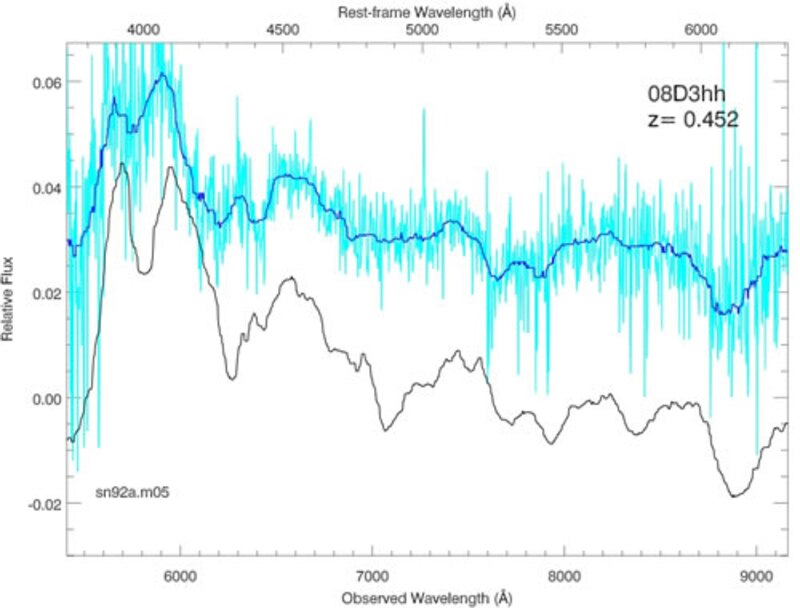New Supernova Data Challenges Existing Dark Energy Theories

Recent analysis from the Supernova Cosmology Project (SCP) at the Lawrence Berkeley National Laboratory suggests that dark energy, a mysterious force driving the accelerated expansion of the universe, may not be constant over time. The research, which compiles data from 2,087 Type Ia supernovae, indicates potential variations in dark energy that could have profound implications for cosmology and our understanding of the universe.
Type Ia supernovae are critical to measuring cosmic distances due to their consistent brightness, allowing astronomers to use them as 'standard candles.' This latest dataset, known as Union3, is the largest of its kind, improving upon previous collections by standardizing supernova measurements across diverse experiments. According to David Rubin, an associate professor at the University of Hawai'i at Mānoa and a leading member of the SCP, the findings hint that dark energy might be evolving, which could challenge the prevailing Lambda Cold Dark Matter (ΛCDM) model of cosmology.
The initial discovery of dark energy in 1998, awarded the Nobel Prize in Physics in 2011, indicated that the universe's expansion is accelerating rather than slowing down. However, the new data suggests that this acceleration may not be uniform, raising questions about the nature of dark energy. As Saul Perlmutter, a Nobel laureate and co-author of the study, stated, "While we are not jumping to conclusions, the findings from two independent techniques showing discrepancies with the ΛCDM model are intriguing."
The methodology employed in the research includes a Bayesian Hierarchical Model, allowing for better statistical analysis by factoring in uncertainties and potential errors. Researchers utilized this model to analyze light curves from supernova explosions, allowing them to standardize brightness measurements and provide a more accurate cosmic history extending back roughly 7 billion years. This approach is vital as it lays the groundwork for incorporating additional datasets from next-generation surveys, such as the Vera C. Rubin Observatory, expected to enhance our understanding of dark energy.
The implications of these findings extend beyond theoretical physics; they could reshape our perspective on the universe's fate. If dark energy is indeed changing, it might suggest that the universe could either expand indefinitely or potentially reverse its expansion in the future. Rubin emphasizes the significance of understanding the balance between dark energy and matter, stating, "Does the universe expand forever, or eventually stall, or even start contracting again? It depends on this balance between dark energy and matter."
As researchers continue to explore these groundbreaking findings, the collaboration among various institutions—including the University of California, Berkeley, and the Space Telescope Science Institute—highlights the collective effort to unravel the complexities of dark energy. Future studies will likely incorporate vast amounts of new data, further refining our cosmic models and enhancing our understanding of the universe's dynamics.
This research has significant implications for the field of cosmology, potentially altering our understanding of fundamental cosmic principles and the future trajectory of the universe. As scientists await more data from upcoming telescope missions, the excitement surrounding these developments underscores the dynamic nature of astronomical research and our pursuit of knowledge about the universe.
Advertisement
Tags
Advertisement





